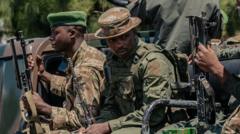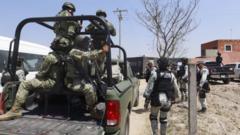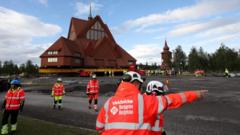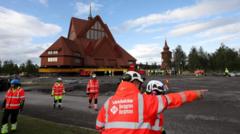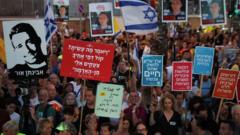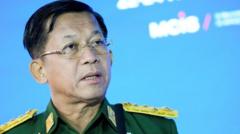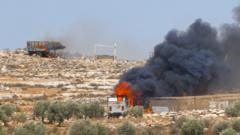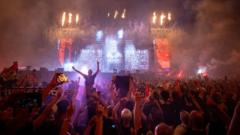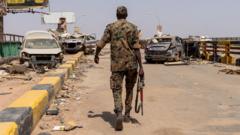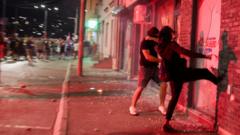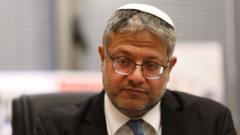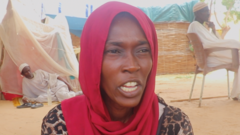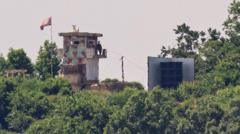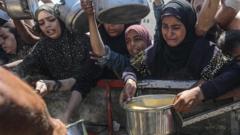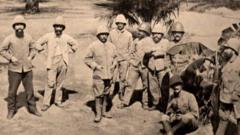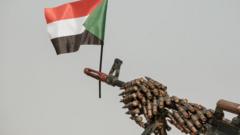Recent attacks on Druze communities highlight the increasing fear and distrust among the Druze people in Syria as they grapple with the impacts of sectarian violence, governmental neglect, and the uncertainty surrounding their future.
Druze Community Voices Fear and Distrust in Post-War Syria
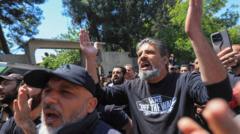
Druze Community Voices Fear and Distrust in Post-War Syria
As sectarian violence escalates, Druze individuals navigate growing concerns about safety and government support in a changing political landscape.
More than 100 individuals lost their lives amid recent sectarian violence in a suburb south of Damascus, signifying the intensifying plight of the Druze community in Syria. In Ashrafiyat Sahnaya, a suburb of Damascus, residents are grappling with a sense of vulnerability as violent clashes have targeted them. The atmosphere turned tense in April when Lama al-Hassanieh, a local resident, was forced to barricade herself in her bathroom during a violent raid, hearing the stark threats from armed men declaring “Jihad against Druze."
Historically, the Druze community has occupied a delicate position within Syria, with many aligning with former President Bashar al-Assad in efforts to maintain a semblance of safety amidst the chaotic civil war. The Druze, an ethnic and religious group with distinct beliefs stemming from Shia Islam, once sought protection under the regime, which portrayed itself as a defender of minorities against extremist factions.
However, the recent rise of Sunni extremist factions threatens that fragile equilibrium. Following an alleged incident involving a Druze leader purportedly insulting the Prophet Muhammad, violent reprisals were ignited, leading to widespread attacks against the Druze. Reports confirm that recent clashes resulted in a significant death toll, raising alarms among Druze citizens who now perceive their existence in Syria as increasingly precarious.
Lama Zahereddine, a student nearing graduation, recounted the chaos and violence that erupted even in educational settings, leading to physical assaults on students simply because of their faith. "How could I stay? I was close to graduation, but it was too serious to ignore," she remarked about fleeing her village.
Widespread discontent has grown towards the Syrian government, which has ostensibly failed to safeguard Druze communities from escalating violence. Despite official statements asserting commitment to the safety of all Syrian citizens, many, including Hadi Abou Hassoun, express a profound distrust. Hadi suffered injuries while defending his community, lamenting that their protection needs to stem from the law rather than sectarian loyalties that currently shape the conflict.
Attempts for local self-defense amidst these violent outbreaks reflect a community that feels abandoned. Some have turned to external forces, including Israel, which conducted airstrikes purportedly aimed at protecting Druze populations while asserting their historical connections with Israeli Druze citizens.
The tension lingers in Ashrafiyat Sahnaya, now quieter yet fraught with suspicion. As neighbors return, residents like Lama al-Hassanieh express concerns about who they can trust, realizing that their community has become a landscape of wary coexistence. "We are all Syrians wanting the same rights," she asserts, demanding accountability and justice in the face of an uncertain future.
As sectarian tensions endure, the future for the Druze community remains unclear, with fears of a diminishing space for religious minorities amidst a potentially radicalized Sunni landscape in post-war Syria.

